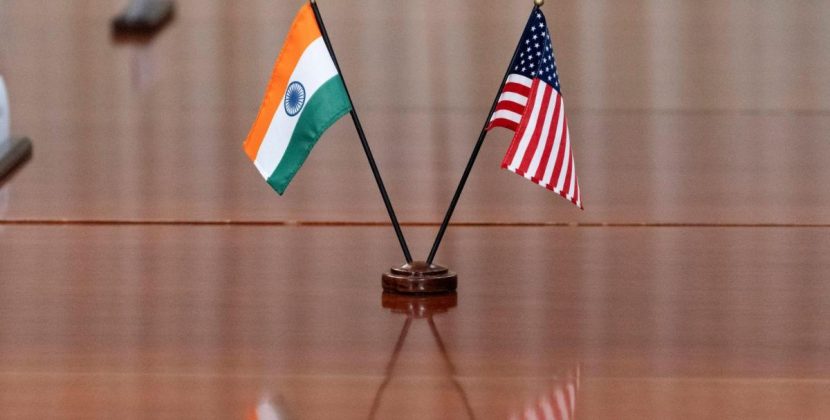
While China is perceived as the principal threat of potential interference in the federal election in Canada, Ottawa is also monitoring potential influence operations by other countries, including India.
As the campaign for the federal election on April 28 got underway on Sunday, the Security and Intelligence Threats to Elections (SITE) Task Force is actively monitoring possible interference activity.
During a briefing on Monday, the task force’s chair, Vanessa Lloyd, also Deputy Director of Operations at the Canadian Security Intelligence Service (CSIS), said, “The PRC (People’s Republic of China) is highly likely to use AI-enabled tools to attempt to interfere with Canada’s democratic process in this current election,” according to media reports.
She also cited India as a potential threat, saying, “We have also seen that the government of India has the intent and capability to interfere in Canadian communities and democratic processes.”
The other countries named in the context of clandestine foreign interference were Russia and Pakistan.
The task force coordinates the government’s intelligence collection and analysis efforts concerning threats to Canada’s federal election processes, and it includes Global Affairs Canada’s Rapid Response Mechanism (RRM) Canada, which monitors the digital information environment for foreign state-sponsored disinformation.
RRM Canada issued a warning during the race for the leadership of the Liberal Party, which concluded on March 9 with current Prime Minister Mark Carney winning with nearly 86 percent of the ballots cast by registered members of the party.
Earlier this month, it also warned of a “spamouflage” campaign targeting several individuals based in Canada, linked to China. It described spamouflage as a combination of “spam” and “camouflage,” intended to portray the hidden attempts to spread spam-like content and propaganda among more everyday, human-interest-style content.
In January, the final report of a foreign interference inquiry alleged that India was the “second most active country engaging in electoral foreign interference in Canada.” Only China, the report stated, has a greater impact on the country’s democratic processes.
The final report of the Public Inquiry into Foreign Interference in Federal Electoral Processes and Democratic Institutions, which is headed by Justice Marie-Josée Hogue, was released on January 28 in Ottawa. Other nations accused of interference included Russia, Pakistan, and Iran.
The voluminous report stated, “India is the second most active country engaging in electoral foreign interference in Canada. Like the PRC (People’s Republic of China), India is a critical actor on the world stage.”
It stated that Canada and India have worked together for decades, but there were “challenges in the relationship.” Many of these, it said, were longstanding and inform India’s foreign interference activities. “India perceives Canada as not taking India’s national security concerns about Khalistani separatism (the goal of an independent Sikh homeland in northern India called ‘Khalistan’) sufficiently seriously.”
It said that India “focuses its foreign interference activities on the Indo-Canadian community and on prominent non-Indo-Canadians to achieve its objectives,” adding that New Delhi “has targeted all levels of government.”
It also alleged that India conducts such interference through “diplomatic officials in Canada and through proxies.”

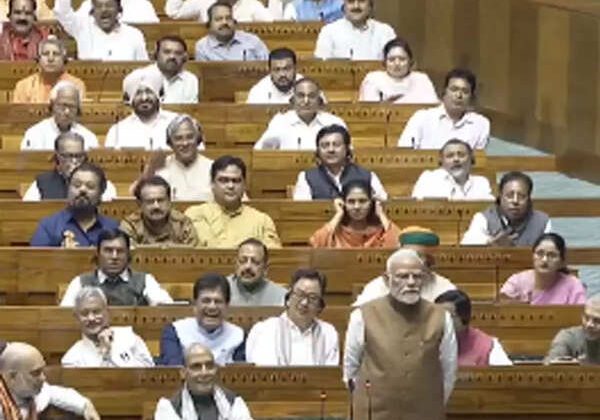
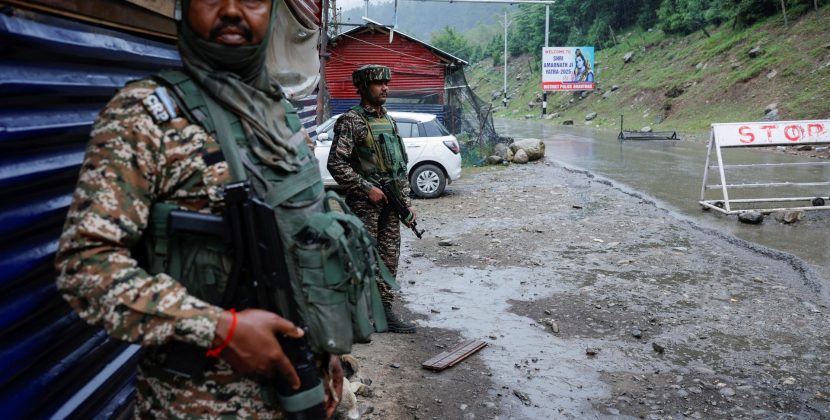





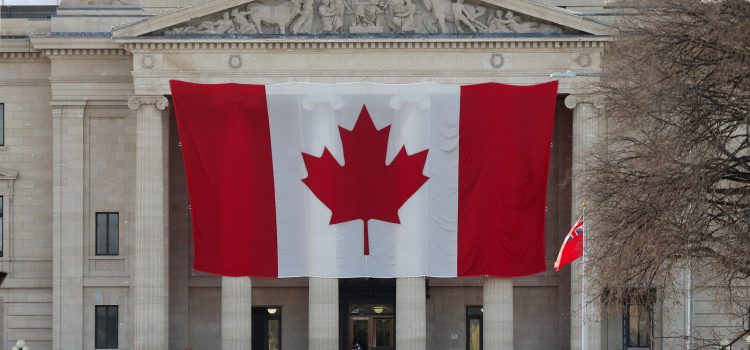

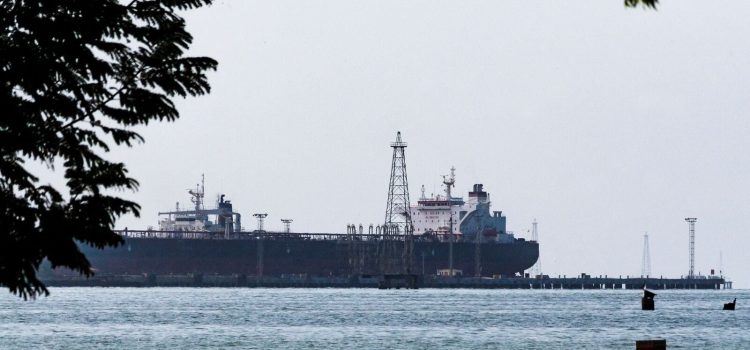
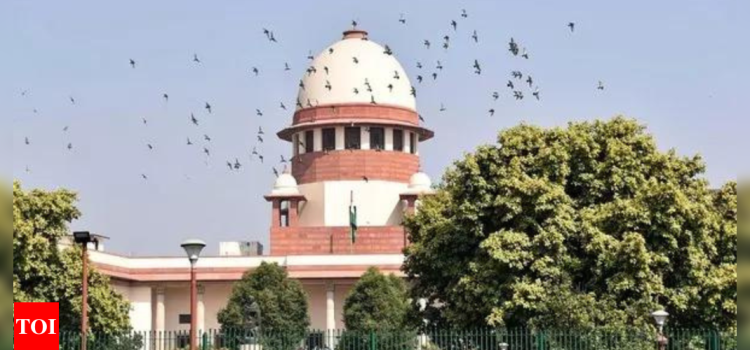

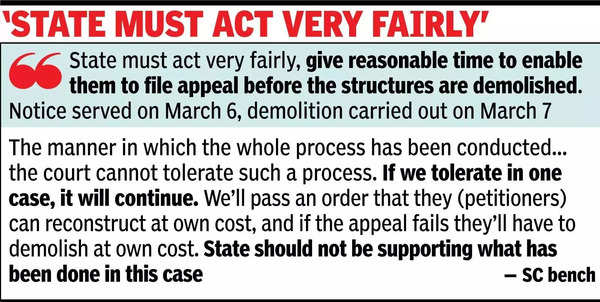

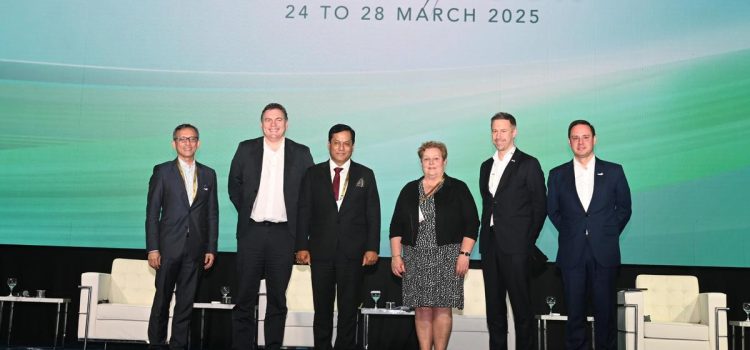

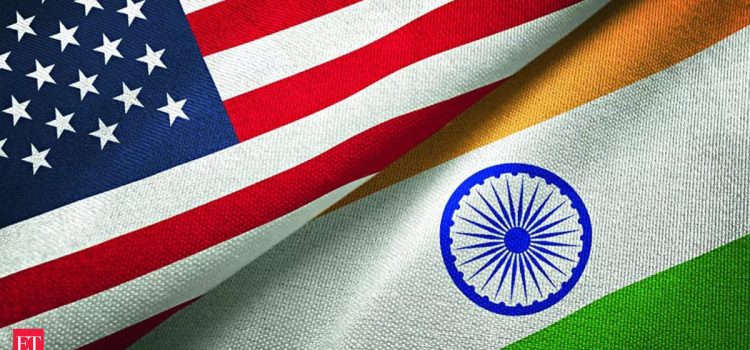
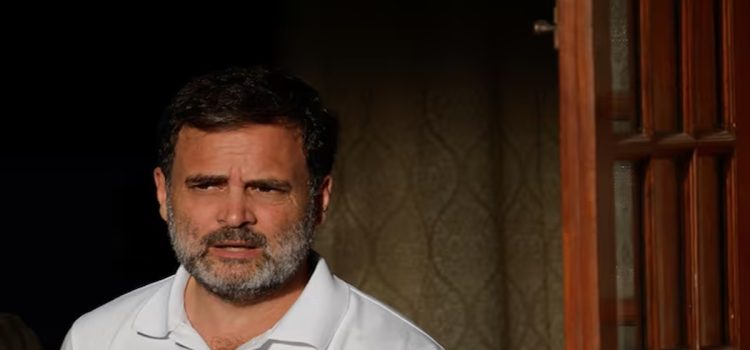





Comments